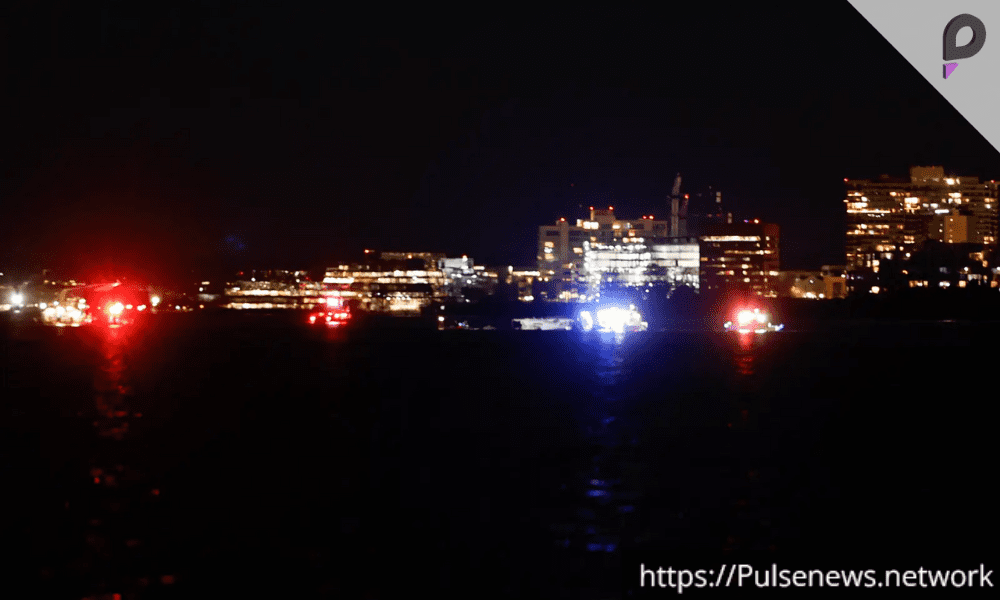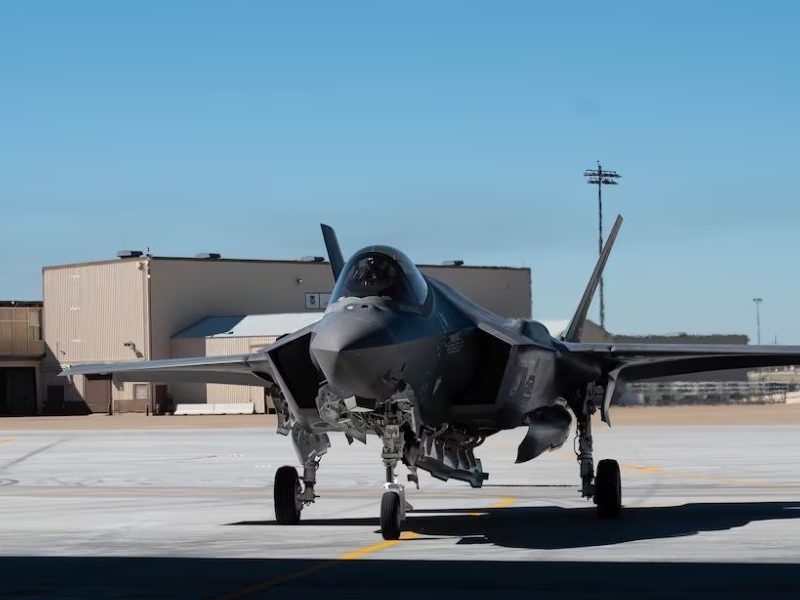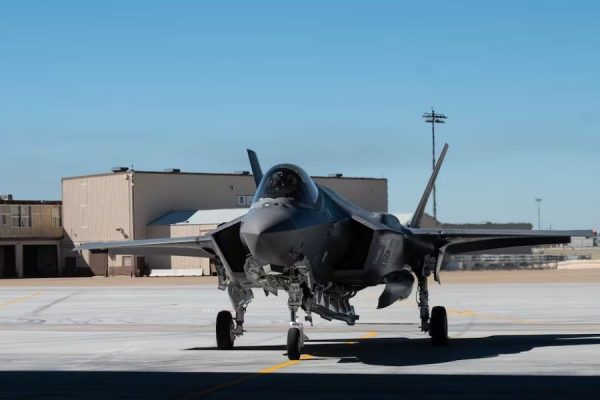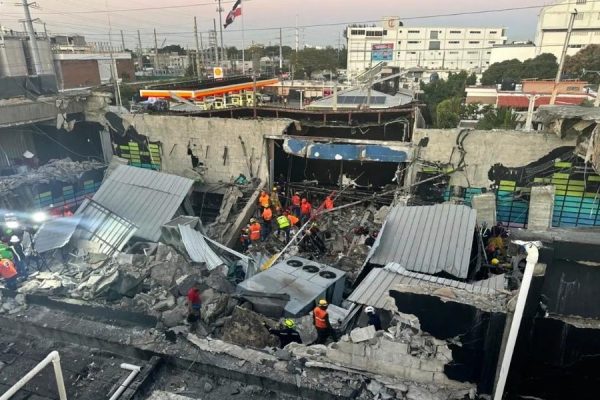Washington D.C: A recent tragic midair collision near Reagan National Airport has reignited discussions about the potential expansion of flight operations at the airport. This incident has raised critical questions regarding safety and congestion in the already crowded airspace over Washington, D.C.
Concerns Over Flight Expansion
The collision has underscored the concerns voiced by some Senate Democrats during deliberations earlier this year. In May, they warned against increasing the number of longer-distance flights at Reagan National. Their fears centered around the safety risks and potential for increased congestion associated with adding more flights.
Aviation Bill and Controversy
In May, Congress approved a sweeping aviation bill designed to enhance safety measures and modernize U.S. air travel infrastructure. The bill signed by President Biden allocated $105 billion to the FAA and $738 million to the NTSB for 2024-2028. However, the approval of additional long-distance flights sparked significant controversy.
Senator Concerns
Senator Chris Van Hollen of Maryland expressed concerns that the proposal contradicts known safety issues and congestion challenges. He emphasized that Reagan National Airport is already operating beyond its intended capacity. The airport handles approximately 25 million passengers annually, far exceeding its designed capacity of 15 million.
Pressed to the Gills
Senator Tim Kaine of Virginia echoed these sentiments, arguing that the airport is “pressed to the gills.” The push for five daily round-trip flights beyond the 1,250-mile limit was mainly motivated by lawmakers’ convenience traveling to the Capitol. Van Hollen pointed out that Reagan National’s proximity to the Capitol makes it a favored choice over Dulles International Airport and Baltimore/Washington International Airport.
Intensified Scrutiny
The recent collision has intensified scrutiny of air traffic operations in the region. As discussions continue about the potential expansion of flight services at Reagan National, it is clear that safety and congestion will remain at the forefront of the debate. Stakeholders will need to carefully consider the implications of such expansions in light of this tragic event.
Conclusion
In conclusion, the fatal midair collision serves as a stark reminder of the complexities involved in managing air traffic in busy urban areas. As policymakers navigate the challenges of air travel expansion, the safety of passengers and the efficiency of airspace operations must remain top priorities.












